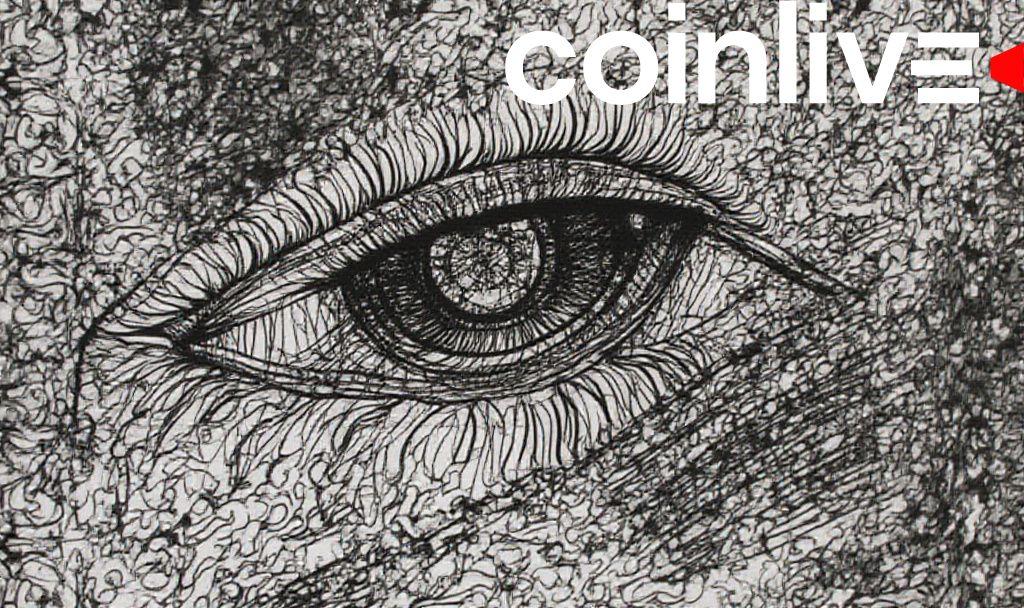- FARTCOIN’s recent price volatility raises crash concerns.
- Meme coin follows familiar speculative cycles.
- Disconnected from major market trends, risks persist.

FARTCOIN’s movements raise concerns for meme coin volatility, with impacts on market sentiment.
Volatility and Market Impact
FARTCOIN debuted in October, promoted by Truth Terminal, an autonomous AI developed by Andy Ayrey. The project relies on AI-driven marketing and viral platforms like Pump.fun, experiencing rapid growth. However, its recent price decline emphasizes market unpredictability.
Price swings are typical for FARTCOIN, totaling a 550% surge recently, peaking at $1 billion market cap but dropping 8% yesterday. Community-driven, it lacks institutional backing or regulatory scrutiny, contributing to uncertainty.
“Fartcoin is driven by AI marketing, yet remains a speculative play, entirely retail-driven.” — Andy Ayrey, Developer of Truth Terminal
The decline has no direct impact on major cryptocurrencies like Bitcoin and Ethereum. It highlights FARTCOIN’s unpredictable behavior and potential for abrupt shifts, characteristic of meme coins.
Expert commentary is absent, leaving the market to rely on historical patterns and speculative instinct. While regulatory agencies have not issued warnings, the continued lack of roadmap developments adds to the uncertainty.
Despite the absence of regulation, FARTCOIN represents an unpredictable element for investors, with demand driven by speculation. Outcomes for meme coins typically involve violent market corrections.
Speculative assets like FARTCOIN exhibit inherent volatility, with the potential for significant downturns. Historical cycles indicate sharp corrections often follow rapid price surges. For further reading on recent fluctuations, see how Fartcoin Surges 300%, Contradicting Global Market Trends.








